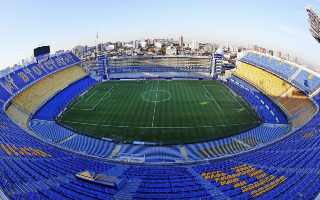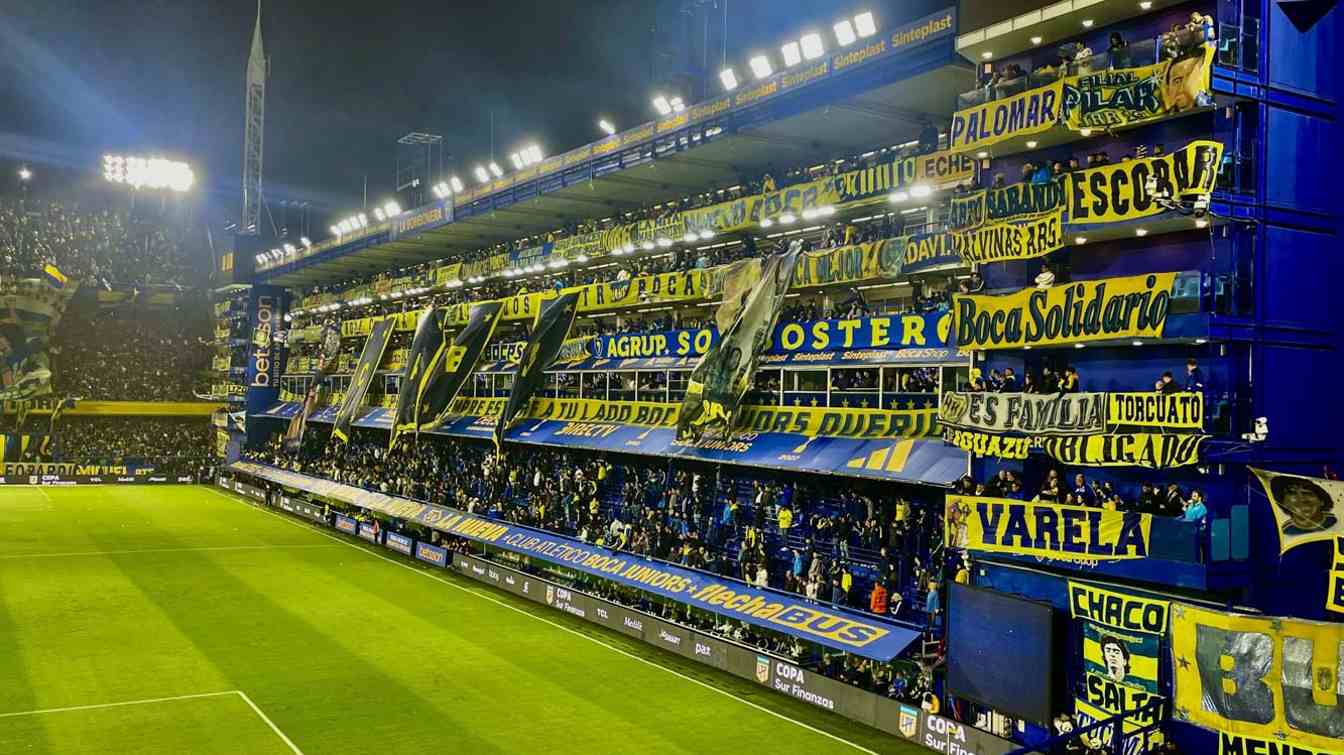Argentina: The state of La Bombonera worries fans
source: StadiumDB.com; author: Miguel Ciołczyk Garcia
 There is a saying about the Boca Juniors stadium: ‘La Bombonera doesn't shake, it beats’. And indeed, it is one of the stadiums with the best atmosphere in the world and a fan base that never stops cheering on their team. However, in the last few days a video has shown frightening movements of the structure of the stands.
There is a saying about the Boca Juniors stadium: ‘La Bombonera doesn't shake, it beats’. And indeed, it is one of the stadiums with the best atmosphere in the world and a fan base that never stops cheering on their team. However, in the last few days a video has shown frightening movements of the structure of the stands.
Advertisement
The shaking of La Bombonera worries…
Inaugurated in 1940, Estadio Alberto J. Armando, known worldwide as La Bombonera, was remodelled between 1953-1956 and in 1996. Now, Boca Juniors' iconic home is crying out for significant reconstruction. It is a subject the club has been analysing itself for some years, but now it seems to be a much more urgent issue than previously thought.
The saying La Bombonera doesn't shake, it beats
has two sides to it. The first is a magnificent fan base that never stops cheering on its team, singing and jumping in the stands for 90 minutes of the match. The second, a structure that moves with every movement of the stands, but has cracks and fissures that could be a symptom of concrete fatigue. A large part of the fans are afraid that a tragedy will happen one day.
Tweet Soy Calleti https://x.com/soycalleti/status/1851354685728317508
— Soy Calleti (@soycalleti) April 13, 2012
... but it is healthy
However, this is not a new issue in Buenos Aires. Already in 2017, architect Pablo Abbatángelo, who was in charge of repairs at La Bombonera in 1985, explained for La Nación that the movement of the stands is normal and healthy.
He also assured that tests were then carried out in the stadium, and the movements that were recorded did not come close to the limits determined by the Argentine authorities.
One of the properties of reinforced concrete structures is precisely this flexibility that allows them to move without fracturing. In particular, Boca's stadium, whose structural design was the work of engineer José Luis Delpini, a pioneer of reinforced concrete structures in the world, demonstrates this. But all stadiums are designed to have these movements, and that is why they have expansion joints,
the specialist reassured.
However, over the years the structure could be deteriorating, with the evidence for this being cracks. Unfortunately, there is no information on any tests or reports on the condition of the stadium carried out in recent years, so we cannot be sure if the movements currently taking place are safe. The club did not answer us whether it has such documents.
 © Javier Garcia Martino, Departamento de Prensa de Boca Juniors
© Javier Garcia Martino, Departamento de Prensa de Boca Juniors
Advertisement

 StadiumDB
StadiumDB